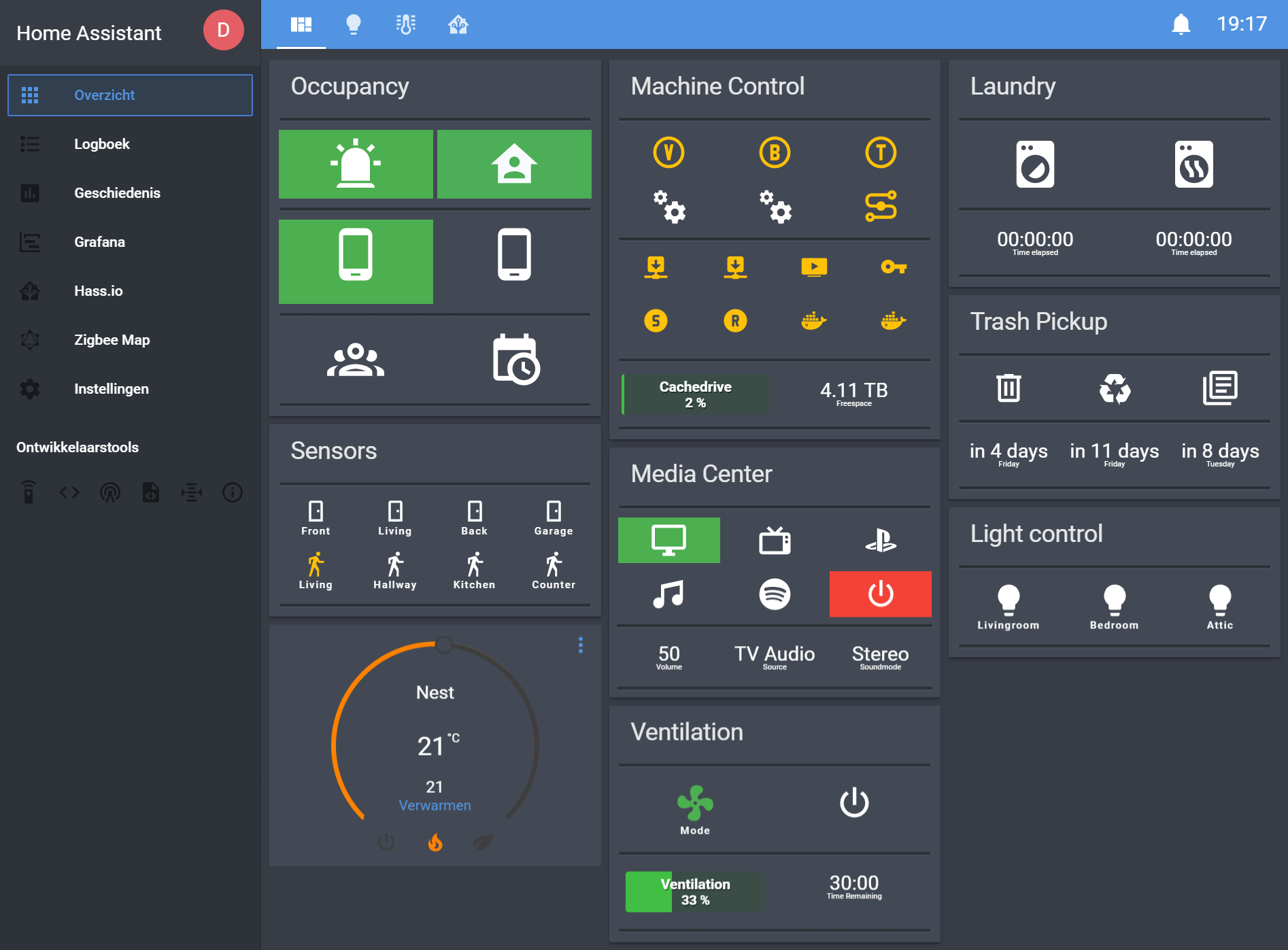I’ve successfully installed proxmox and ran some LXC containers on it on my OPI5. Basically, you follow this guide. except with few changes, related to Debian 12. First, make sure you are on the Debian 12 Bookworm ( I’ve installed the official image from Orange Pi, no idea if the others will work, but they should, in general ). Configure the hostname after editing /etc/hosts: Then reboot if needed ( it was needed on my side ). Continue to setup …
Blog Posts
Haven’t posted in a while. I think it’s finally time to correct this 🙂 I’ve reached a state of stable working home automation system. This is how I did it. Home assistant. This is the core of the automation. In the recent years, HASS has become de facto the best free and open-source Home Automation platform. There are a lot of ways to install it. In order to utilize it’s best potential, I recommend going with HaOS. This way you …
Tuya-convert utility I would usually do soldering and flashing via serial-to-usb connection, but lately I’ve got some devices that are either hard to open physically or too new and no information was found on the internet. That’s why I tried (successfully) to use Tuya convert utility to flash my last several devices. I will describe the steps here, along with some extra information about firmwares included. First, the installation is pretty straightforward on Linux. I had no success running it …
Plugins First, go to your Profile’s settings and turn on Advanced mode : Next, select Supervisor from the menu on the left. Then go to Add-on Store. Search for mqtt and install the Mosquitto broker plugin. Now you can go in plugin’s Configuration tab and configure it. When you’re done, go back to Info tab and select Start. Make sure that Start on boot is also selected. If there are some errors, you can always go to Log and inspect …
General info You might not want to tinker around with docker installation, even though I find it more flexible. In this case, there’s another way, much more user-friendly, that does not involve a lot of shell commands. It’s called Hass.io. I will not cover here the basic installation of the image, just make sure you pick the right one and install it, following these instructions. After you install it, connect the RPi via ethernet and access it through homeassistant.local:8123 in …
General In this tutorial we will use ESP32 board as a gateway between Bluetooth sensors ( Xiaomi LYWSD03MMC LCD configured here, but should work with anything else, too ) and Home Assistant’s MQTT server ( You can use any other platform instead of Home Assistant, of course). You can check some of the supported BLE sensors here. Prerequisites: ESP32 development board ( you can buy any on aliexpress.com ). This is needed in order to directly access BLE sensors. Home …
I will describe quickly how to set-up and prepare RPI4 for Home Assistant. We will use this as a base to install docker and configure everything. You can use the imager from here , but use the lite image. You don’t need the desktop version. Install Raspberry OS Don’t forget to update and upgrade all packages: apt update && sudo apt upgrade , then reboot. When you first boot, you can configure the system with sudo raspi-config Don’t forget to …
We’ll look into two ways to install Home Assistant – via docker and on Raspberry Pi. The first method is great if you have a spare linux server ( like I do – I’ve an dual processor server with 48 gb of ram which is a home of almost 30 docker images ). This method is also for more advanced users. But don’t worry – I’ll guide you through it 🙂 Click here to follow the docker installation guide The …
I haven’t made a new post in a while. However, I’ve been busy with home automation. I’ve had multiple issues with Domoticz – it always stopped working randomly and I had to reboot it. This has resulted in a really unstable home automation system 🙁 So I’ve decided to take a plunge and replace it. With Home Assistant. I’ve done this on two systems and so far – LOVE it. I currently have zero issues with it and it really …
Intro I’ve decided it’s about time to finish my Domoticz setup and connect all my devices to it. I just did it and this post is about the setup. I currently have several sensor boards with ESP8266 that I made for measuring mostly the temperature and also several ESPurna– based Sonoff switches ( controlling boilers, water pumps, and heating ), which I wanted to connect in one app and have an overview, control from mobile, etc. I have an all-time …

